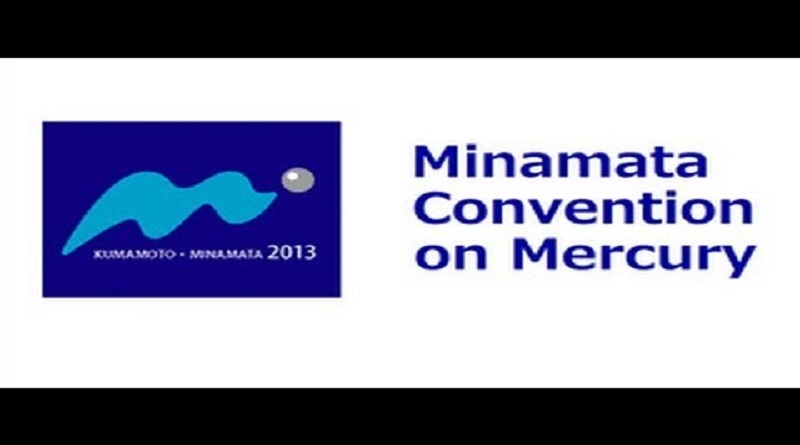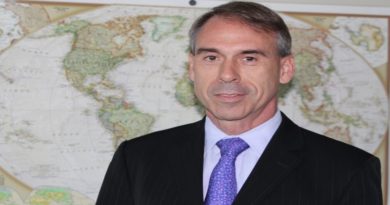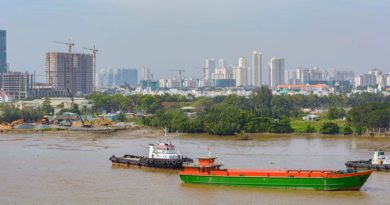Minamata Convention: A Decade of Global Commitment to Make Mercury History
Ten years ago, on October 10, 2013, the international community took a key step forward by signing the Minamata Convention on Mercury. This multilateral environmental agreement, named after the bay in Japan where mercury-tainted industrial wastewater poisoned thousands of people in the mid-20th century, later came into force in 2017. Now with nearly 150 Parties, the Minamata Convention plays a crucial role in helping countries control, reduce and eliminate mercury across all its life-stages.
Fernando Lugris, former Chair of the Intergovernmental Negotiating Committee on Mercury (INC) and current Uruguayan Ambassador to China and Mongolia, recalled that during the Convention’s negotiation phase, “we heard the voices of the Minamata victims, we got to see what the Minamata disease is in our eyes, and we committed to develop an instrument of a global importance that could really provide solutions, and that it should be a never again Minamata disaster”.
“Minamata changed the way we think about mercury pollution nowadays”, remembered Carlos Manuel Rodriguez, CEO and Chairperson of the Global Environment Facility (GEF), one of the two financial mechanisms of the Convention. “I understood that mercury was a problem for both the environment and the public health, a problem that needed an integrated solution. The GEF is a big believer in this kind of synergy”.
Monika Stankiewicz, Executive Secretary of the Minamata Convention, underlined that “through the Convention we can protect vulnerable populations, such as Indigenous Peoples, women and children, and local communities, and ensure that they have a voice, that they have a say”. She added that, “as we move forward to make mercury history, I hope to see more countries joining the Convention in the near future”.
Since its adoption and ratification, the Convention has achieved several milestones, from the banning of new mercury mines; to the extended list of products and processes not to be manufactured, imported or exported; and the established controls on emissions and releases. Claudia Dumitru, President of the fifth meeting of the Conference of the Parties to the Minamata Convention (COP-5) pointed out that “our journey is not over, there are crucial tasks ahead and we must remain dedicated to meeting established deadlines on various fronts”.
“We at UNEP are proud to host the Secretariat for this Convention, which protects the environment and human health from the pernicious impacts of this dangerous neurotoxin”, stated Inger Andersen, United Nations Environment Programme (UNEP) Executive Director. “I call on all nations and all partners to redouble their efforts at COP-5 to protect human health and the environment from mercury pollution and help attain a pollution-free planet”.
COP-5, which will take place from 30 October to 3 November in Geneva, Switzerland, will advance increasing efforts to reduce the use of mercury in industrial processes and in consumer products, strengthening the implementation of national action plans, renewing support to the Specific International Programme and making crucial progress on measuring the effectiveness of the Convention.




